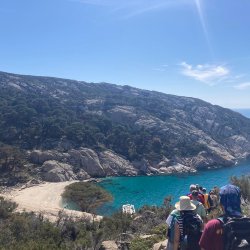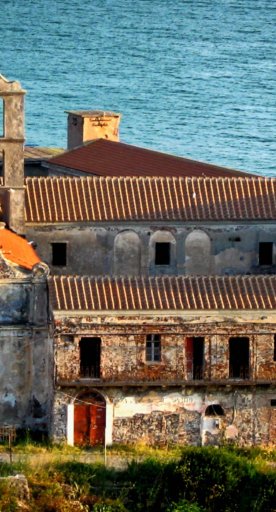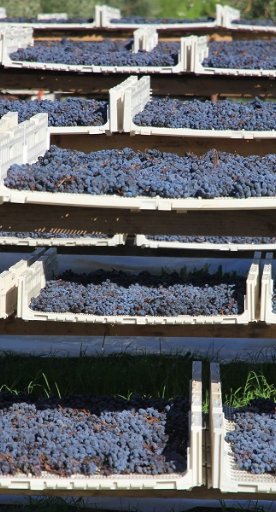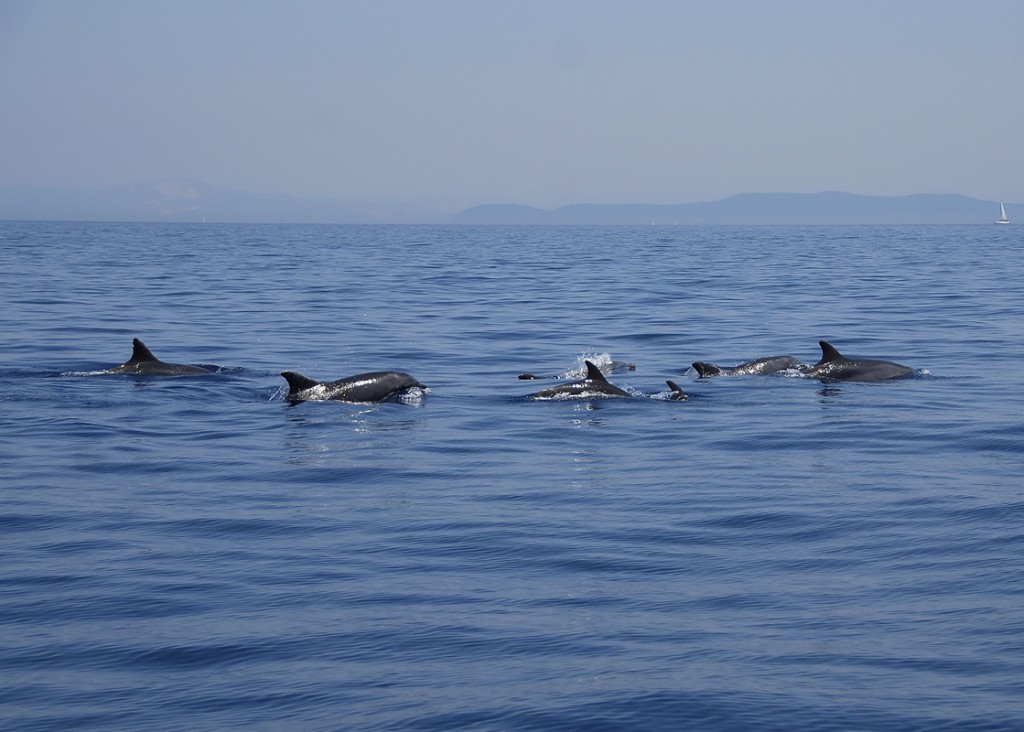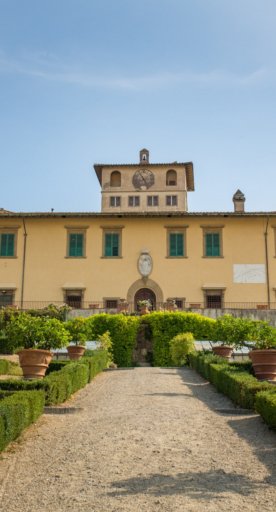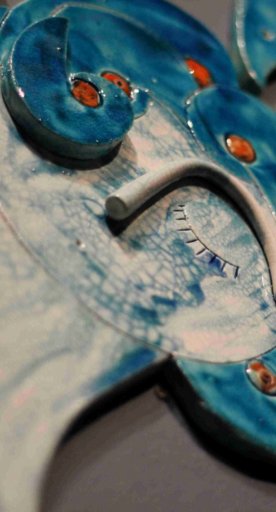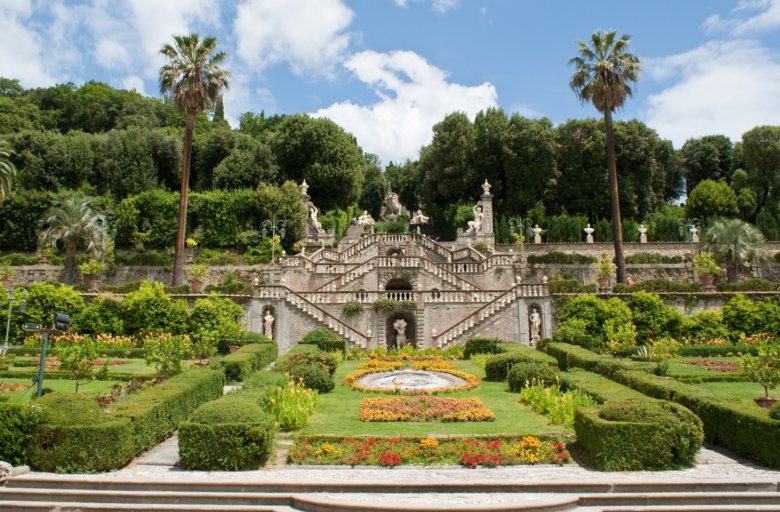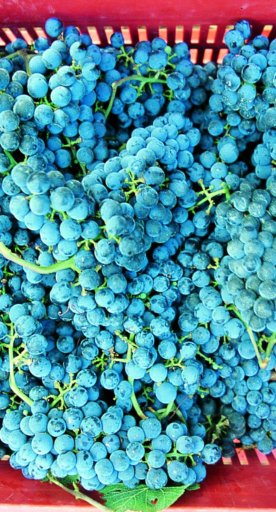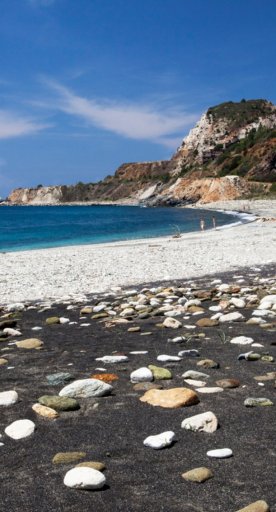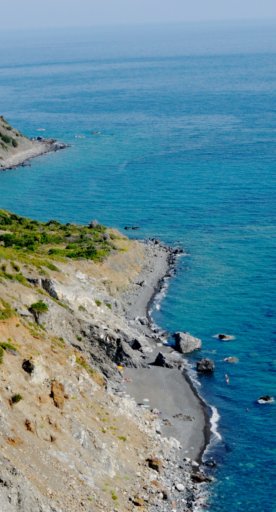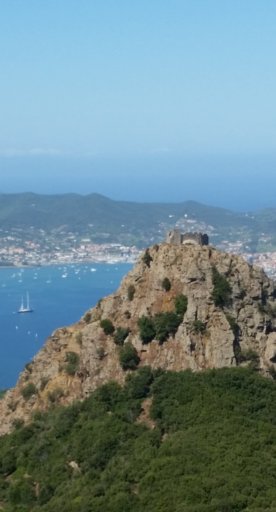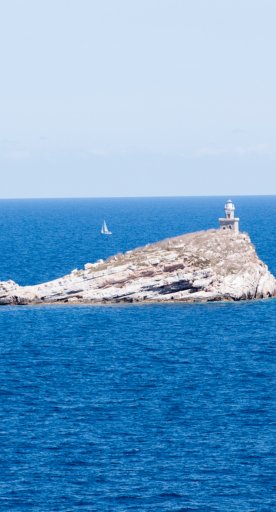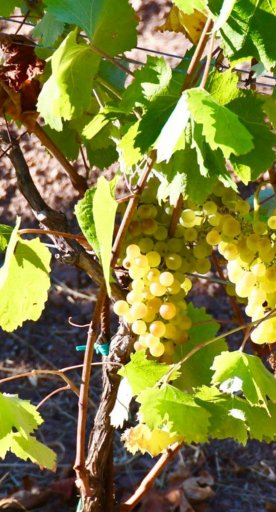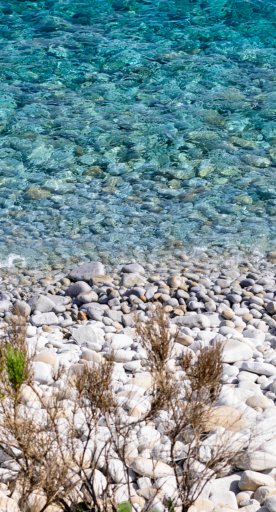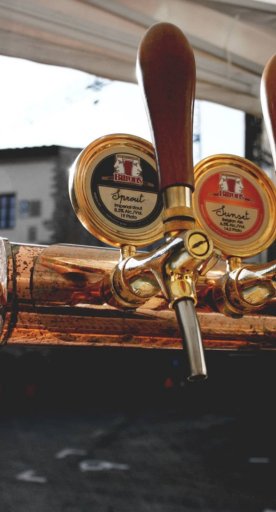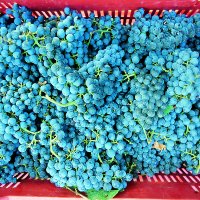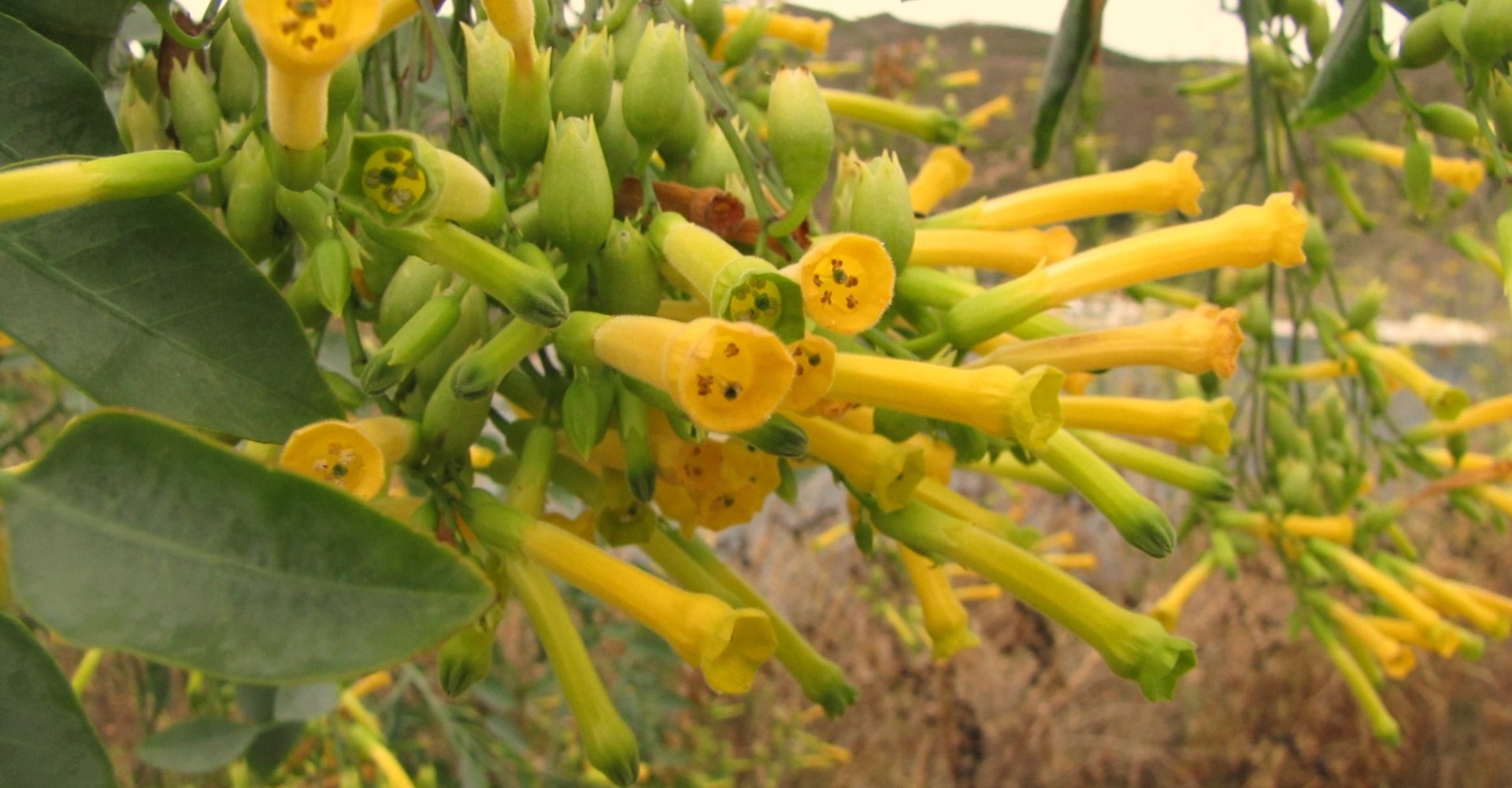
Following the flowers of the Tuscan Archipelago
From Capraia to Elba, a nature lover's paradise
The islands of the Tuscan Archipelago - Gorgona, Capraia, Elba, Pianosa, Montecristo, Giglio and Giannutri - offer remarkable botanical interest, being home to a rich flora that is both wide-ranging and localised. Be sure to enjoy the native species, a product of their unique geographic isolation.
The islands that can be freely visited are Capraia, Elba and Giglio.
Gorgona, site of an active penitentiary, can only be visited by taking part in organized tours.
Pianosa, home to a prison until 2011, can be visited with some limitations for environmental protection and there is a maximum number of persons allowed per day.
Montecristo is an total nature reserve which can be accessed only with the accompaniment of the Forestry Comission.
For information on how to visit these islands: www.islepark.it.
-
1.Capraia Island
-
2.Elba Island
Capraia Island
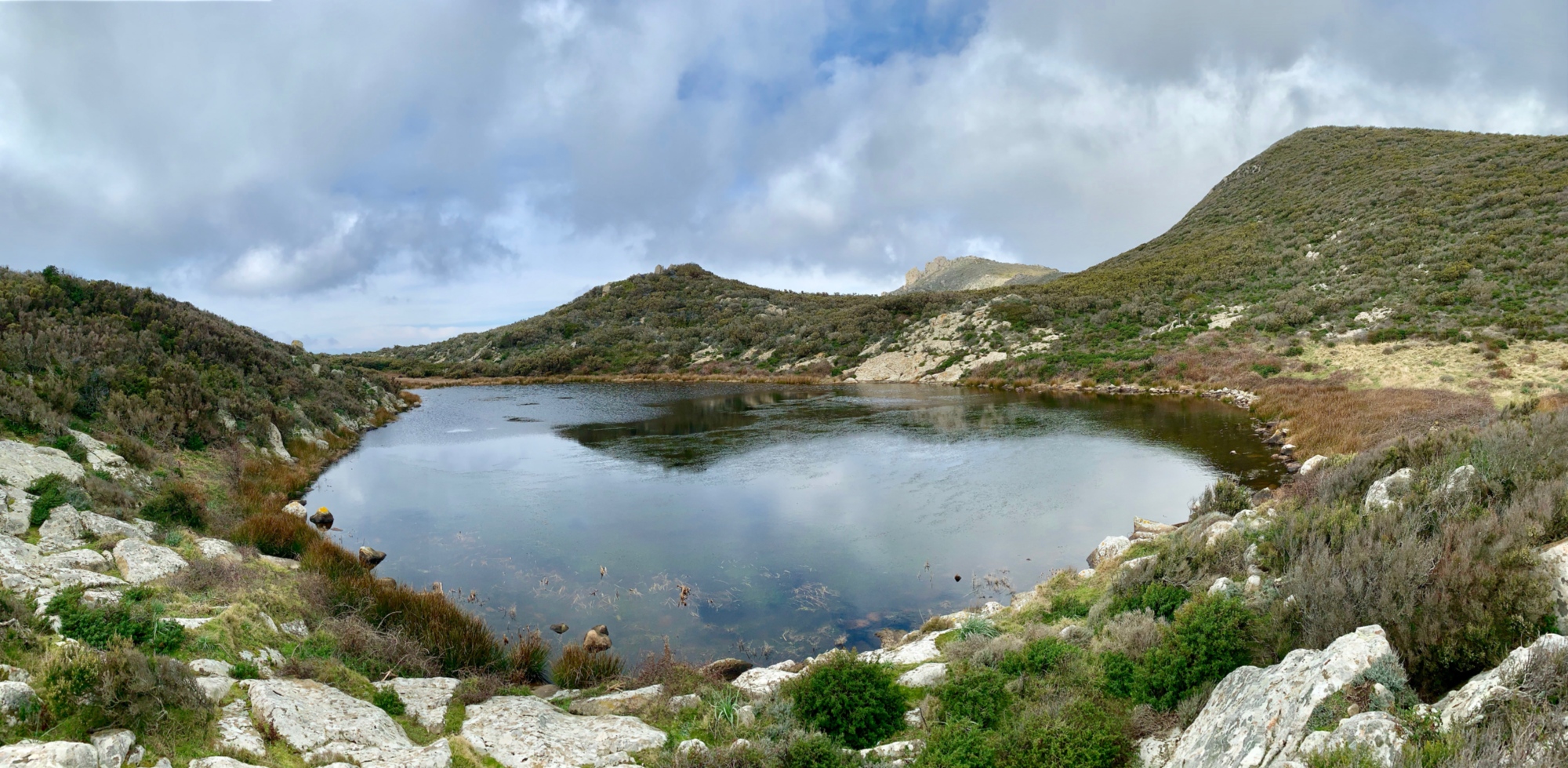
Almost everywhere on Capraia the vegetation has the look of typical scrubland, a permanent part of the landscape that has been moulded by centuries of fires and constant grazing, both domesticated and wild. The most common species among the shrubs are: myrtle, arbutus, heather and cistus, in particular the Montpellier Cistus which smells strongly on hot days. Near the harbour, there is an interesting population of oleander; it is the only naturally occurring oleander in Tuscany and is especially pleasant when it flowers in the summer.
Another site of great interest is the Stagnone Lagoon, a rainwater filled lake in a natural basin on the main ridge on the island. It is the only lake of its type on the Tuscan islands and is home to interesting flowers like buttercups, bulrushes, cattails and yarrow.
Some of the species, like the Capraia Cornflower or the Capraia Flax, are native to the island.
Elba Island

The vegetation of Elba is, for the most part, characterised by evergreen scrubland, but tall trees like holm oaks and, in specific areas, deciduous broadleaves (on the southern slopes of Mount Capanne, for example) are not uncommon. The strange chestnut forest in the Mount Marciana area is also particularly interesting as it contains rare examples of yew and holly trees. There are also man-made pine groves containing domesticated pines and Aleppo pines. Over the last few years, however, many of these have been destroyed by numerous fires which has led to the expansion of the Mediterranean scrub.
The flora on Mount Capanne is particularly special. Standing at over 1000m high despite its vicinity to the sea, this places is home to species that are typical of the Tuscan mountains like: the S. Giovanni lily, the wild tulip, the Corsican crocus and various native orchids like the Elba viola, the Elba cornflour, the Elba broom and Pancratium Illyricum.
Near Rio, on the eastern side of Elba, 160m up the slopes of Mount Serra, you will find the Orto dei Semplici, that stands where the ancient Santa Caterina Hermitage was. Centred around Mediterranean scrubland, this garden primarily contains plants with medicinal uses but also has some native and naturalised species from the Tuscan Archipelago.
The marvellous Giardino dell’Ottone (Brass Garden) came into being in the early 1900s thanks to Dr. Garbari, a wealthy man who was passionate about botany. As in the equivalent gardens in Liguria and Tuscany (among these the dell’Ottonella Garden, which is nearby but not open to the public), the Giardino dell’Ottone is home to many exotic plants that are the fruit of Dr. Garbari’s experiments in adapting them to the climate of Elba.
